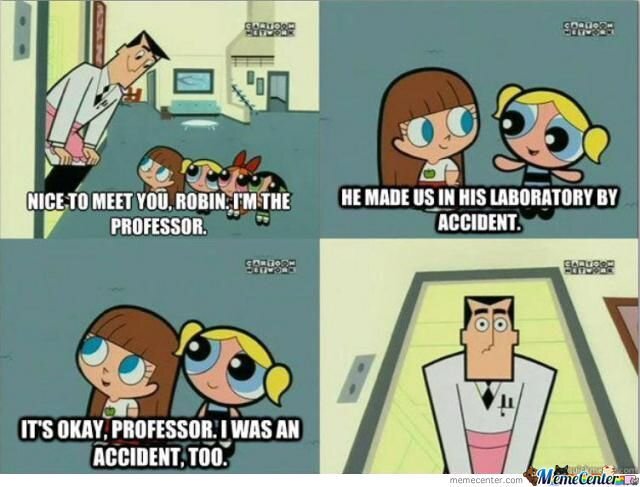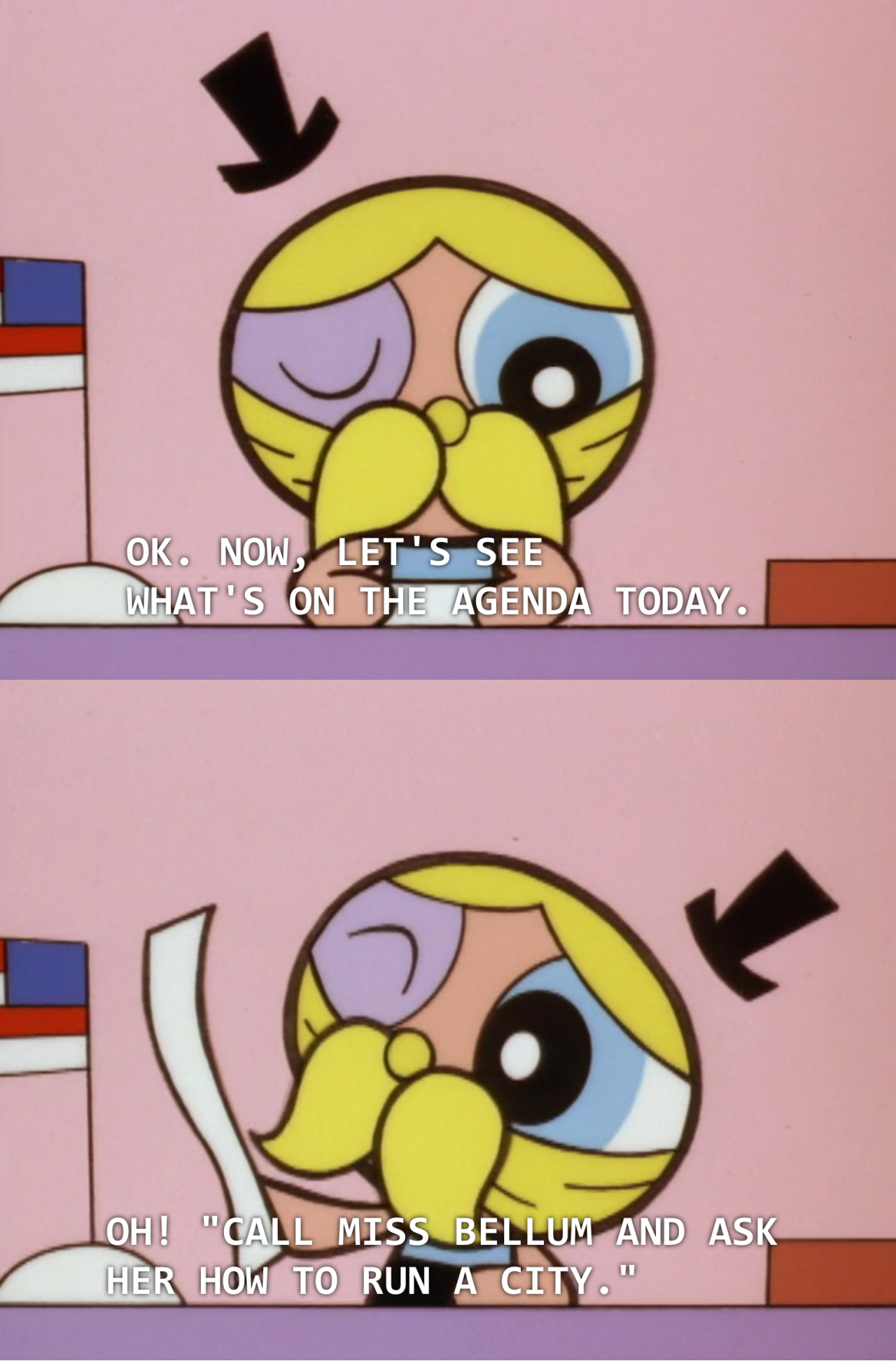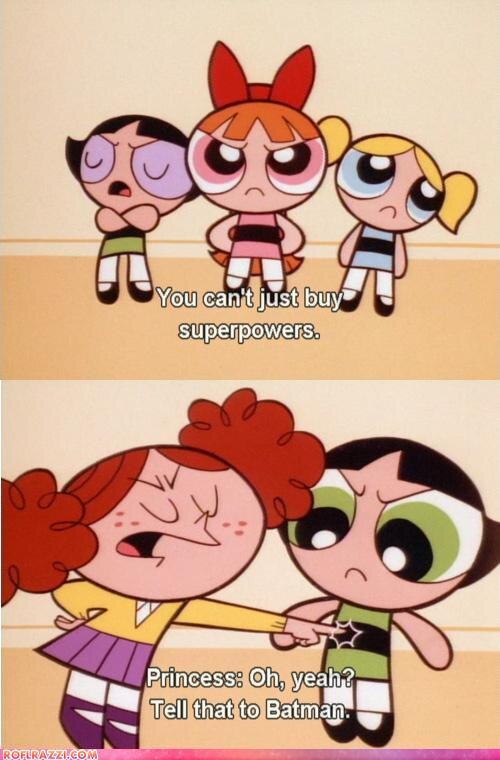90s Babies: The Return of 90s & 2000s TV, Part I
Part I: Cartoon Network
By Jessica Wise
This was originally written in 2016 for my graduate class on television studies. With the upcoming Popular Culture Round Table Talk on the way, I thought it was time to revisit. It’s been revised and taken out of the academic context for your enjoyment, and updated for present day TV.
Get your tickets to Round Table Talk: Popular Culture here.
During 2010s, and now the 2020 quarantine, ‘90s and early 2000s cartoons are quickly returning to TV with classic reruns and reboots--The Splat on TeenNick, Disney+ running Kim Possible, Baby Daddy playing in the mornings on FreeForm, and Netflix picking up Avatar: The Last Airbender, and more. Reboots of original ‘90s and early 2000s programming include The Powerpuff Girls, Teen Titans Go!, and a new Hey Arnold! movie. In fact, Nickelodeon’s longest running cartoons Spongebob Squarepants and The Fairly Oddparents began during this period, respectively in 1999 and 2001. Our spongey friend remains on the air today with merch and a Tony-nominate Broadway show, with Timmy Turner having only said goodbye in 2018.
Television of our generation remains vastly relevant. It remains seen in every aspect of millennial culture, from memes to clothing. Be it in reruns, reboots, on-air continuation, or the analyses that “‘90s babies” bloggers point out on millennial-ran websites like Her Campus and BuzzFeed, something about these shows seems to stick.
What explains this continued success? This can be attributed to the mature lessons these programs taught in a kid’s context by normalizing characters with diversity, non-traditional households, and kids’ agency in their adult-dominated world. These are, indeed, the programs that raised the generation that is on the frontline of civil rights protests today.
I could go on about this all day, but this isn’t an academic paper anymore. So I’ll keep it short by looking at one successful cartoon from each major kids network.:
● The Powerpuff Girls (Cartoon Network) , Part I
● Hey Arnold! (Nickelodeon) , Part II
● Recess (Disney) , Part III
In that order...
Premiering on Cartoon Network in 1998, The Powerpuff Girls became one of the first cartoons to cross over into popularity outside their young girls genre. With a 24.5% adult and 50% male audience, two Primetime Emmy wins and seventeen nominations, this cartoon about three crime-fighting five-year-olds was truly a universal hit. Created in their father Professor Utonium's lab, Blossom, Bubbles, and Buttercup, are endowed with superpowers after he adds the accidental ingredient of Chemical X. They use these powers -- flight, super strength, heat vision, etc. -- to protect their neighbors in “the city of Townsville”(McCracken).
While the girls themselves are quite suburban and white, they attend the very diverse Pokey Oaks Kindergarten, where they meet children of various races and backgrounds. Their classmate Mitch comes from a working-class family, while Princess Morebucks is so rich she can buy her superpowers to later become a villain. Their other classmates tend to vary: some black, some plus sized, some with glasses, and their racially non-descript teacher Ms. Keane.
Diversity in this show is secondary however, compared to the Powerpuff Girls’ non-traditional household. The girls are created by their single father through science, a soft artificial adoption if you will. Professor Utonium takes on the role of a stay-at-home dad without complaint and often without seeking a romantic partner. He puts on his pink apron and makes the girls’ breakfast every morning. Then he drops them off at school and returns home to work in his basement lab. This is an innovation from the traditional suburban household, which usually has a domestic mommy and blundering daddy who can never handle the children alone.
Source: Meme Center
The Professor does not try to stop his daughters from pursuing their crime-fighting careers. But he does get lonely and misses his kids at times. The Professor becomes so determined to spend more quality time with his children, in the “Power Prof.” episode he creates a superhero suit for himself in order to join them in their crime fighting (McCracken), like a Take Your Dad to Work Day. This notion of parental invasion is more traditionally done in television when a student’s mother becomes their substitute teacher or joins them at school for a day.
The Professor invades the sphere of his kids by trying to fight crime too, even to the point of embarrassment. Blossom, as she is beating one of a slew of escaped prisoners, has her fight commandeered by her dad who tells her (the real crime fighter), “See? It’s all in the wrist” (McCracken). Bubbles flies home in a fit, after “Power Prof.” (McCracken) praises her fighting skills but then shares with bystanders, “You know she used to have a bed-wetting problem” (McCracken). The Professor, like every parent, has to learn to separate being daddy from being their partner. And eventually Power Prof. must take off his suit and let his kids work in peace, so he can just be their daddy.
Source: Know Your Meme
This reinstates the consistent agency the Powerpuff Girls have over adults. Not only are they the protectors of their household, but they are the protectors of all of Townsville. The Professor recognizes this when he tries and fails as Power Prof. The Mayor of Townsville also understands this. An extroverted and childlike old man, the Mayor often shrieks with fear when the city is in distress. He calls the girls on the Hotline: “Powerpuff Girls, HELP” (McCracken), and then he takes no further action to defend his city. He fully relies on the superpowers of three kindergarteners while he plays with his teddy bears, building blocks, and action figures.
The Powerpuff Girls also inspire the kids around them, showing that kids are powerful even if they are “just normal little girls” (McCracken), like their classmates who defeat arch nemesis Mojo Jojo when he disables the Powerpuff Girls with Antidote X at a sleepover. Princess Morebucks, who wants to be a Powerpuff Girl uses her fat allowance to purchase a power suit, reminiscent of Bruce Wayne.:
Source: MemeDroid
“
Buttercup: “You can’t just buy superpowers.”
Princess: “Tell that to Batman.” (McCracken) ”
Princess, unfortunately uses this for evil, but she too takes agency by getting her own superpowers. And she takes this agency to the series’s Christmas special, “Twas the Fight Before Christmas,” when she uses her power to toy with the highest adult authority--Santa Claus (McCracken).
These varying embodiments of agency, diversity, and push back against tradition made The Powerpuff Girls lovable enough for its 2016 reboot, and we love to see it!
Come back September 24th, for Part II: Nickelodeon!
References:
McCracken, Craig. "Powerprof." The Powerpuff Girls. Cartoon Network. 9 Feb. 2001. Television.
McCracken, Craig. The Powerpuff Girls. Cartoon Network. N.d. Television.
McCracken, Craig. "Twas the Fight Before Christmas." The Powerpuff Girls. Cartoon Network. 7 Oct. 2003. Television.







